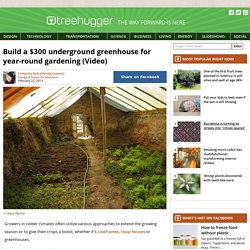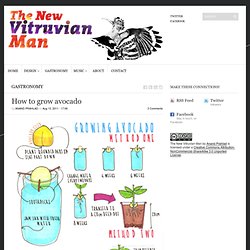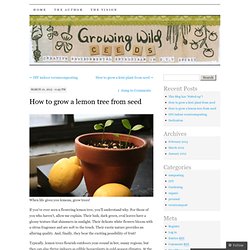

Studio Segers. Johnny's Selected Seeds - Superior Seeds & Gardening Tools. Introduction to Cold-Hardy Tropicals for Virginia Landscapes. Any Virginian who has ever been smitten by palm trees and tropical landscapes while on vacation can build a similar oasis in their own backyard.

A number of tropical plants, including palms, are cold-hardy and worthwhile perennial additions to the home landscape, providing texture, whimsy and even evergreen winter interest. Palms for Virginia Landscapes The Commonwealth of Virginia spans several USDA hardiness zones, from Zone 5 in the coldest mountain areas to Zone 8 in the warmest coastal regions (see link to map in Resources, below). Yet, within this broad range of annual average minimum temperatures, certain palms may be grown successfully. There are thousands of species within the palm family, and three of these are known for their outstanding cold hardiness. The needle palm (Rhapidophyllum hystrix) is the toughest cold-hardy palm known on Earth.
The windmill palm (Trachycarpus fortunei) is the hardiest of the palm species that form trunks (many palms form shrubby clumps). Bananas. Build a $300 underground greenhouse for year-round gardening (Video) Growers in colder climates often utilize various approaches to extend the growing season or to give their crops a boost, whether it's coldframes, hoop houses or greenhouses.

Greenhouses are usually glazed structures, but are typically expensive to construct and heat throughout the winter. A much more affordable and effective alternative to glass greenhouses is the walipini (an Aymara Indian word for a "place of warmth"), also known as an underground or pit greenhouse. First developed over 20 years ago for the cold mountainous regions of South America, this method allows growers to maintain a productive garden year-round, even in the coldest of climates. Here's a video tour of a walipini that shows what a basic version of this earth-sheltered solar greenhouse looks like inside: © Benson Institute It's a pretty intriguing set-up that combines the principles of passive solar heating with earth-sheltered building. SilverThunder/via. The New Vitruvian Man. Avocado isn’t something that I’ve grown up with, especially since it wasn’t very freely available here until very recently.

It’s still also quite expensive in comparison to local fruits and vegetables, but even since I was re-introduced to its special ability to liven up a salad, I’ve been hooked. There’s one particular time of the year (between December and February) when it’s quite abundantly (and therefore also cheaply) available, when I would finish breakfast with a sliced up half avocado with salt, pepper and freshly squeezed lime drizzled on it. Here’s a link to a nice avocado salad recipe from Revati’s blog. Sprouting avocado is quite a common school biology experiment in the west; it’s still quite a novel thing here.
When I first learned about this, I just had to attempt it. I’ve tried two methods, the popular submerged in water method and by directly planting it in soil. A note about breeding and biodiversity It takes about seven years for an avocado plant to reach maturity. How to grow a lemon tree from seed. When life gives you lemons, grow trees!

If you’ve ever seen a flowering lemon tree, you’ll understand why. For those of you who haven’t, allow me explain. Their lush, dark green, oval leaves have a glossy texture that shimmers in sunlight. Their delicate white flowers bloom with a citrus fragrance and are soft to the touch. Their exotic nature provides an alluring quality. Typically, lemon trees flourish outdoors year-round in hot, sunny regions, but they can also thrive indoors as edible houseplants in cold-season climates. This is the little tree with big fruit in the shop I work at. And while rooting cuttings is a sensible option for fast fruit, lemon tree cuttings are not readily available in many parts of the world. Here is a step-by-step guide to growing your very own lemon tree from seed: Things you’ll need: 1. This is a Meyer lemon! 2. 3. 4. Method for sprouting the lemon seed: 1. 2. 3. 4.